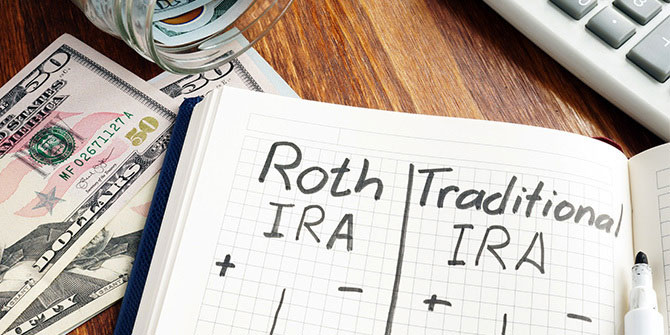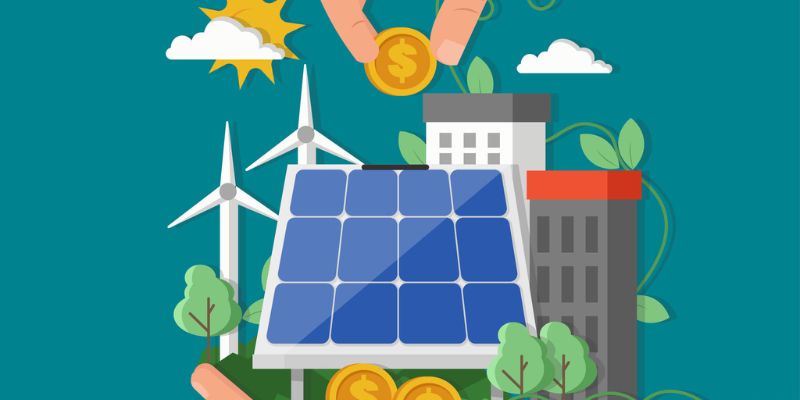Sep 29, 2022 By Triston Martin

The lowest return obtained on a bond that entirely complies with the conditions of its contract without defaults is known as yield to worst (YTW). When a bond has features that let the issuer close it out before it matures, this is YTW. There are a few clauses described in the bond's contract that could be used to cause an early retirement of the bond, known as callability.
The yield to worst (YTW) metrics can assess the yield at the earliest possible retirement date under the worst-case scenario. The yield to worst (YTW) assists investors in risk management and ensures that specific income requirements are still satisfied even in the worst-case circumstances.
How does Yield to Worst (YTW) Work?
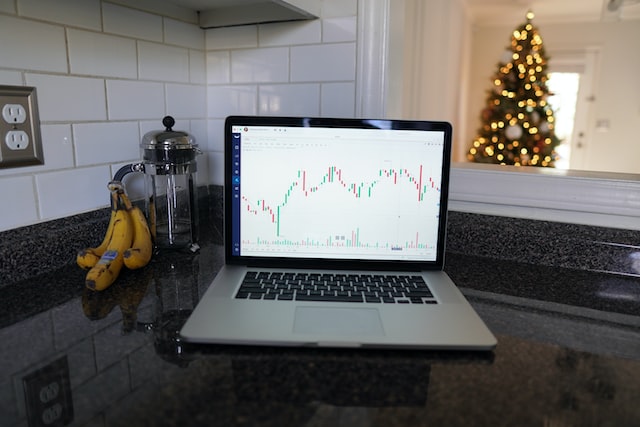 The prompt call or retirement date determines a bond's yield to worst (YTW). When a bond issuer goes for the call option, it is presumed that a prepayment of the principal happens, and after the call, the principal is refunded, and coupon payments end. If yields decrease and the bond issuer can acquire a lower coupon rate through new issuing in the current market, the issuer is likely to exercise their callable option.
The prompt call or retirement date determines a bond's yield to worst (YTW). When a bond issuer goes for the call option, it is presumed that a prepayment of the principal happens, and after the call, the principal is refunded, and coupon payments end. If yields decrease and the bond issuer can acquire a lower coupon rate through new issuing in the current market, the issuer is likely to exercise their callable option.
The yield to call (YTC) is another name for the YTW. First, determine the yield to call and yield to maturity (YTM) to calculate the YTW. Because it provides yield for the investor at an earlier pre-defined date instead of the complete maturity, yield to worst may generally be the same as yield to maturity, but it can never be higher. Yield to worst (YTW) is the most negligible return an investor could receive from owning a specific bond that complies with its terms without defaulting. Defaults, which are entirely different situations, are not related to YTW.
Calculating Yield to Worst (YTW)
One of the three yield metrics used in the bond market is yield to worst (YTW); the other two are yield to maturity (YTM) and yield to call (YTC). Yield to call (YTC) is the rate of return realized if the bond is called by the issuer at the call date, whereas yield to maturity (YTM) is the rate of return realized if the bond is kept until expiration and the issuer does not default.
The yield to worst (YTW) is the lowest of the yield to call and yield to maturity for callable bonds. With a put clause, the investor can return the bond to the issuing business at a predetermined price and date.
The following equation determines YTW:
Yield to worst = Risk-Free Rate + Credit Rate Premium
The Formula of YTM is as follows,
YTM= (C+(FV-PV)/t)/((FV+PV)/2)
Where,
C = Interest/Copoun Payment
FV = Face Value of Security
PV= Present Value/ Price of the Security
t= How many years it takes the security to reach maturity
Yield to Worst (YTW) Calculation Example
 Suppose you want to sell a bond already selling in the market at $1,100. The annual coupon payment is $60 due to the 6% coupon rate. Although the bond has a 2-year call period, you intend to keep it until its 10-year maturity. The yield to maturity (YTM) is determined to be 4.72% using a yield to maturity calculator. But if your bond is called after two years, it will be called for its $1,000 par value. If you paid $1,100 for the bond but only received $1,000 back at the call redemption, you would have lost money if not for the $120 coupon payments you received over those two years. As a result, after two years, you were $20 in the black. The yield to worst (YTW) is determined to be 0.72% using a yield to worst (YTW) calculator.
Suppose you want to sell a bond already selling in the market at $1,100. The annual coupon payment is $60 due to the 6% coupon rate. Although the bond has a 2-year call period, you intend to keep it until its 10-year maturity. The yield to maturity (YTM) is determined to be 4.72% using a yield to maturity calculator. But if your bond is called after two years, it will be called for its $1,000 par value. If you paid $1,100 for the bond but only received $1,000 back at the call redemption, you would have lost money if not for the $120 coupon payments you received over those two years. As a result, after two years, you were $20 in the black. The yield to worst (YTW) is determined to be 0.72% using a yield to worst (YTW) calculator.
i) YTM Calculation
Market Value = $1,100
Par Value = $1,000
Coupon = 6%
Years to maturity = 10 Years
Calculated YTM = 4.72%
ii) YTW Calculation
Market Value = $1,100
Par Value = $1,000
Coupon = 6%
Years to Callable = 2 Years
Calculated YTW = 0.93%
Hence, YTW is lower than YTM; in this case, it is 0.93%.
Advantages of Yield to Worst (YTW)
Bonds with a call option benefit the issuer rather than the investor. Companies frequently decide to exercise their call option when falling interest rates to refinance their debt at a lower rate, leaving the investor to manage reinvestment risk.
- YTW calculation is essential for investors since it gives them a fair view of what to anticipate in the future.
- When a bond trades at more than its face value (FV) in high-yield markets, the YTW calculation becomes even more crucial.
- Although these criteria might cause some investors to be cautious of callable bonds, it has no drawbacks. Investors are frequently fairly paid for the bond's call ability features, and YTW better equips them to deal with the uncertain future.
Limitations of Yield to Worst (YTW)
- Although YTW arose as a necessary improvement over YTM and YTC, its use is still limited for various reasons, including the unpredictability of cash flows over more extended periods.
- The YTW of all the bonds in a portfolio can be used to offer a uniform picture for hedging reasons, and it is still thought to be a relevant measure of credit risk.
- Zero-coupon bonds do not have periodic coupon payments and are typically offered at substantial discounts to par value, making YTW calculations useless.
- There is no assurance that the cash flows will resemble the one calculated during YTW calculation, regardless of how explicitly the YTW is specified.
Conclusion
For a callable bond, it is essential to consider the yield to worst (YTW) as the investor makes more money when they keep the bond to its full maturity. The YTM will always be higher than the YTC. However, the yield to worst (YTW) is significant because it offers more thorough due diligence on a bond with a call provision. The investor makes less money by holding bonds for a shorter period, and the lowest yield is calculated clearly by YTW for such a situation.
-

Succeed by researching hard and thinking clearly
Jun 06, 2021
-

Lenders for Mobile Home Financing
Jul 15, 2022
-
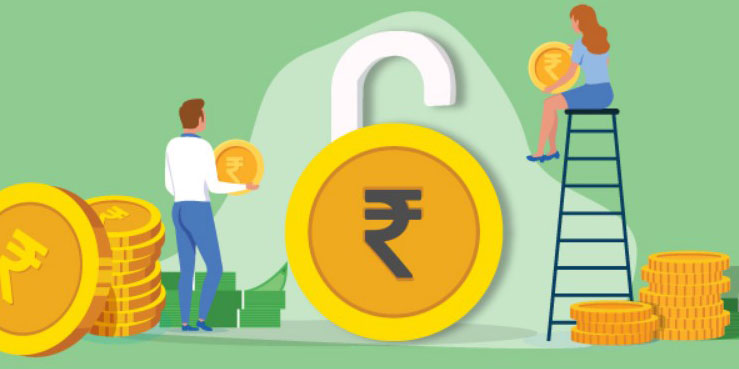
How Do Unsecured Loans Work?
Aug 26, 2022
-

What Is ROI On Real Estate Investments
Jun 14, 2023
-
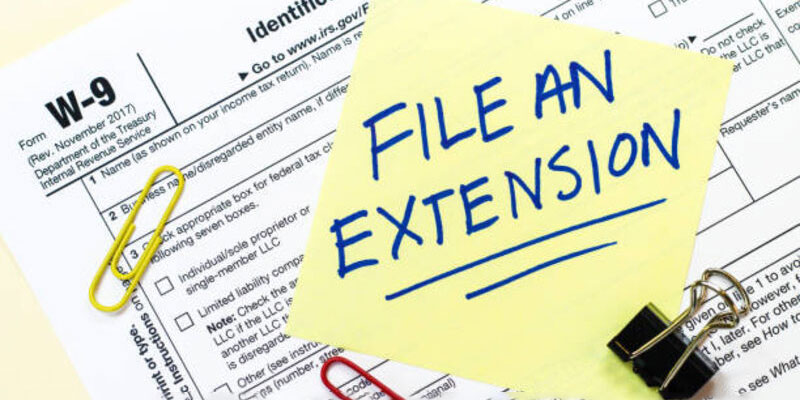
How Do I Remove PMI On My Conventional Loan?
Jul 03, 2023
-

How to Buy a House with Multiple Owners?
Jul 01, 2023
-

Our Cash Offers More Advantageous to Sellers?
Mar 17, 2022
-
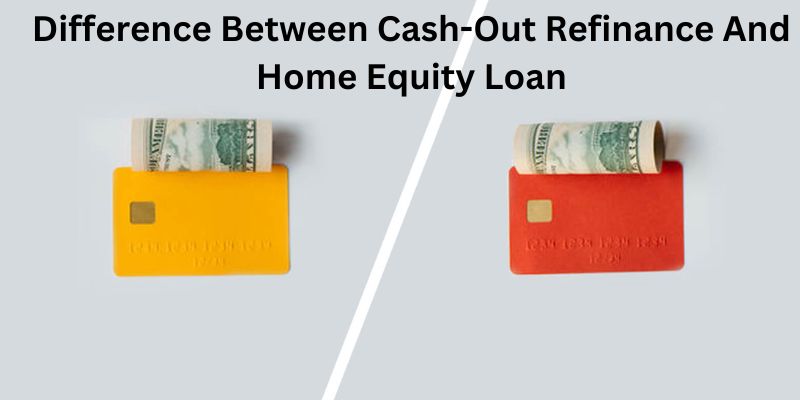
Difference Between Cash-Out Refinance And Home Equity Loan
Jun 16, 2023
